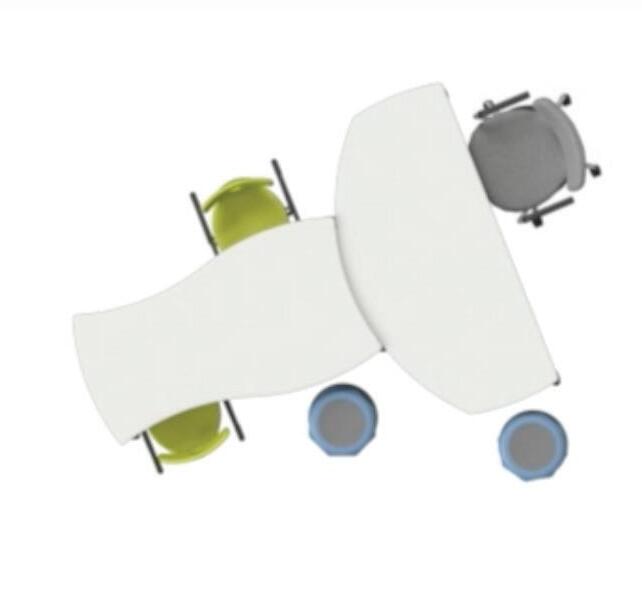
2 minute read
LESSONS IN MOTION:
4th Grade Social Studies with Embedded Science and Literacy
1. Teacher welcomes or transitions students into the next learning experience.
2. Learners either find their assigned teams or start within their rotation teams from table assignments.
3. Teacher reviews learning station agreements and goes over each learning station procedure. (15 minutes for explanation and 60 minutes for rotations over a three or four day period.)
4. Learning station rotations include:
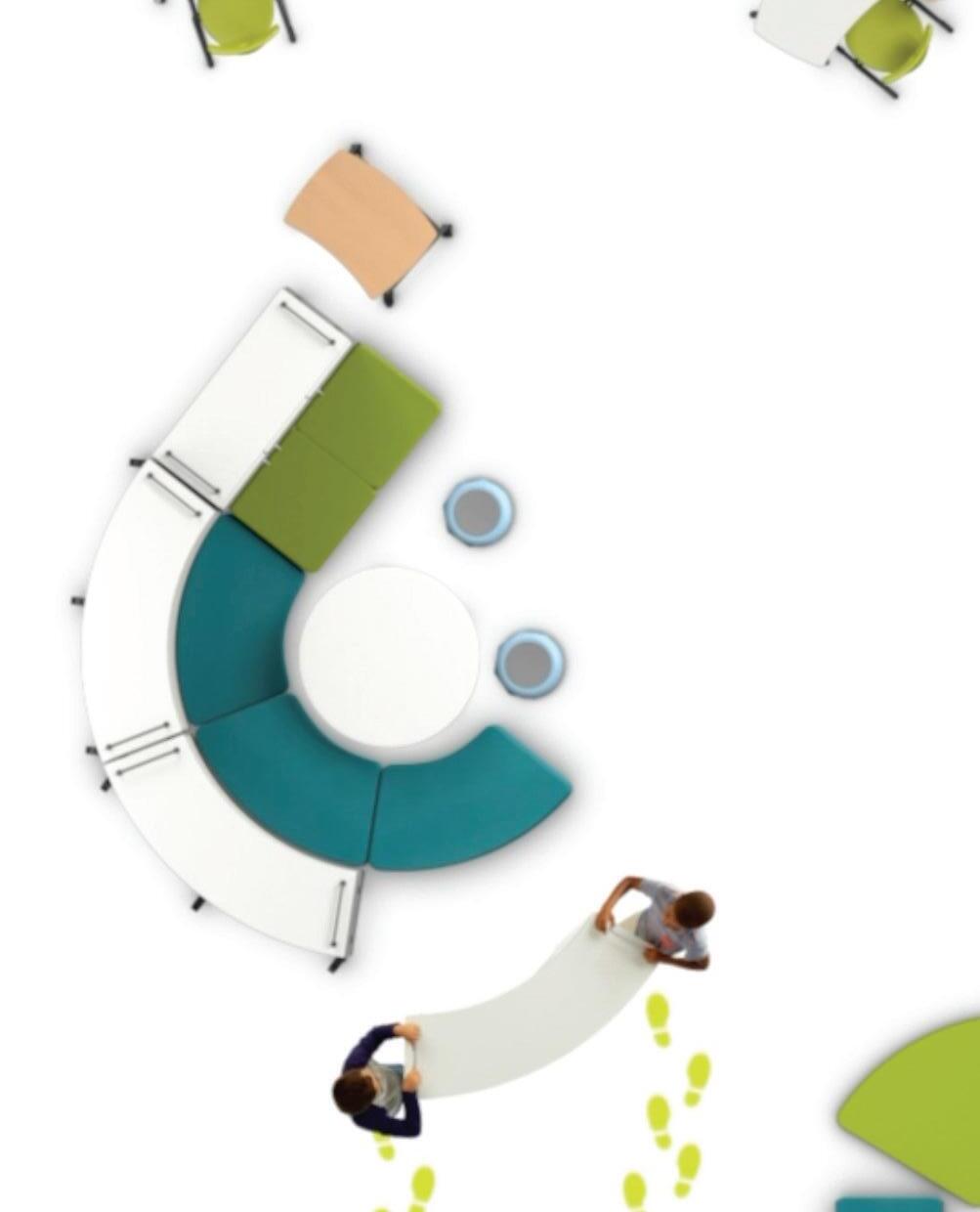
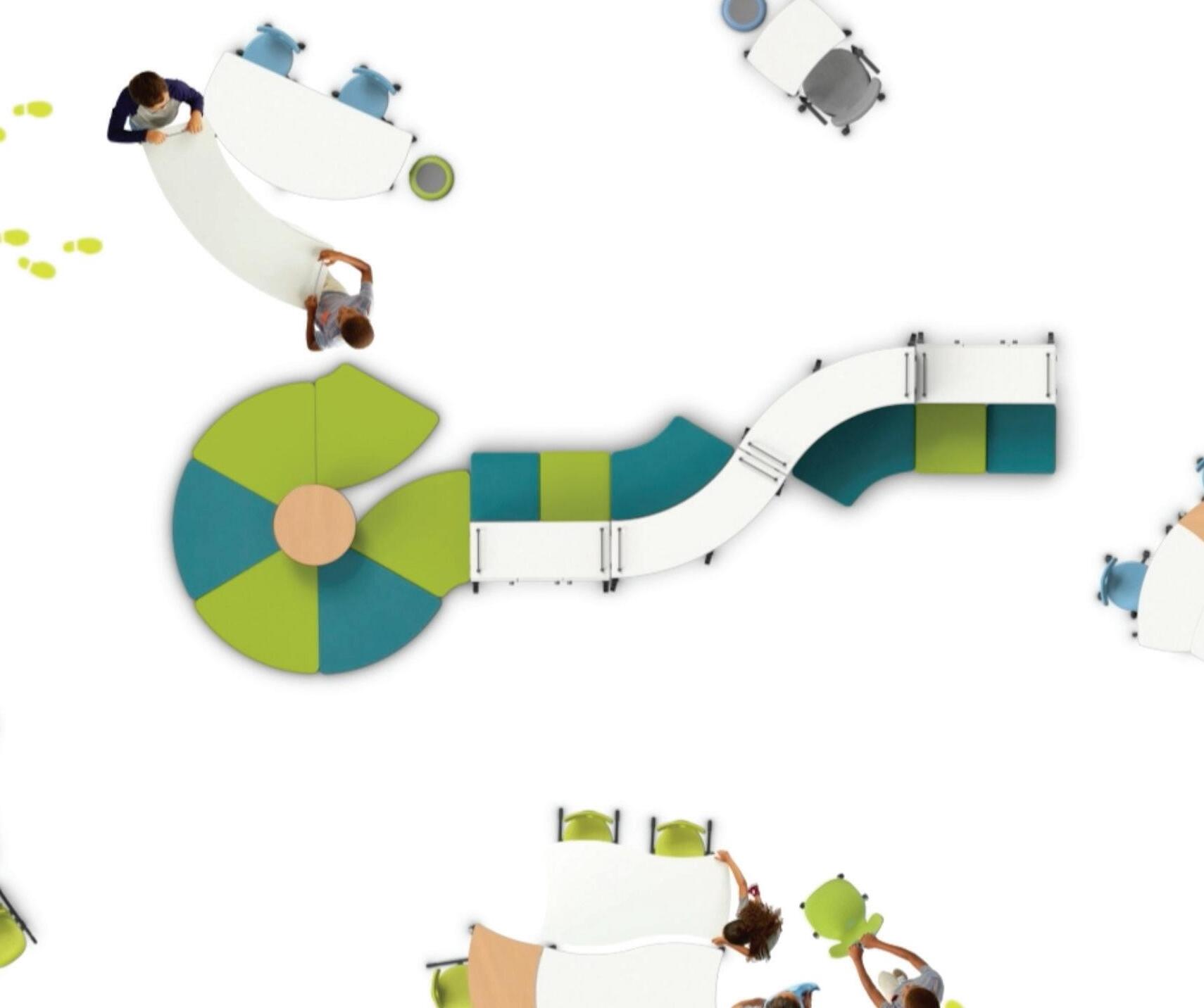
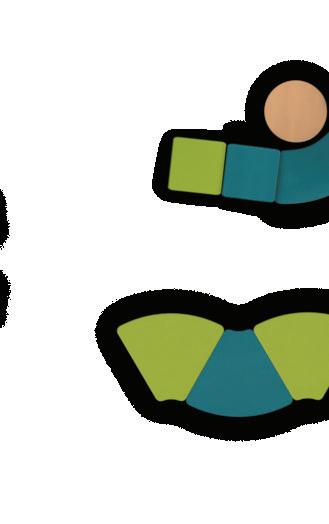
A. Reciprocal Reading Station: for comprehension with 4 column question graphic organizer and team role playing cards. Learners can use tables or sit in a circle with chairs.
B. Inferences and Conclusions Station: virtual field trip on regions and landforms. Students flip writable tabletops to use as a note-taking station.
C. Landform Model Construction Station: students work in pairs to construct a model of a landform using pizza boxes and art materials. Students use soft seating and classroom libraries. (Chairs can be pushed against the wall.)
D. Landform and Erosion Science
Experiments Station: Blue Planet water lab.
5. While students work through their stations, the teacher monitors various stations to ask inquiry questions, provide immediate feedback, anecdotally assess misconceptions, and support online breakout teams.
6. End of the three or four days of rotations conclude with landform pizza boxes designs where teams appropriate/self-select work areas and rearrange room to complete the project.
7. Student work session ends with a whole class zero space clean up followed by a reflection protocol in their social studies journal.
8. Landform presentations to follow with complete room arrangement for presentations after landform unit lessons complete.
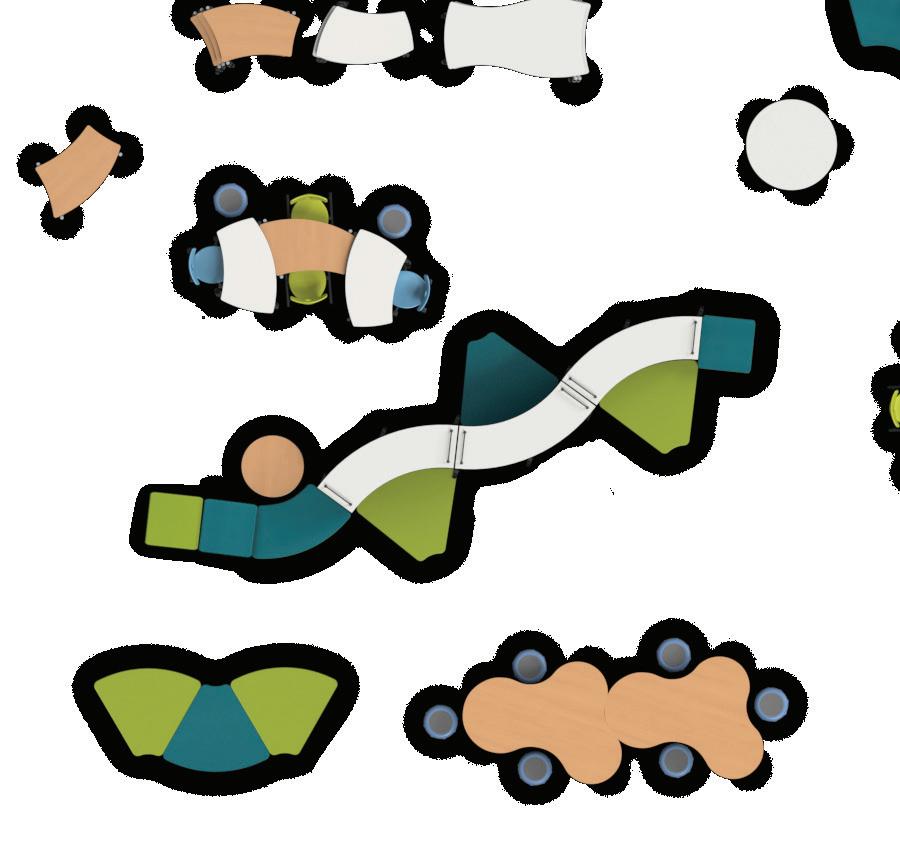
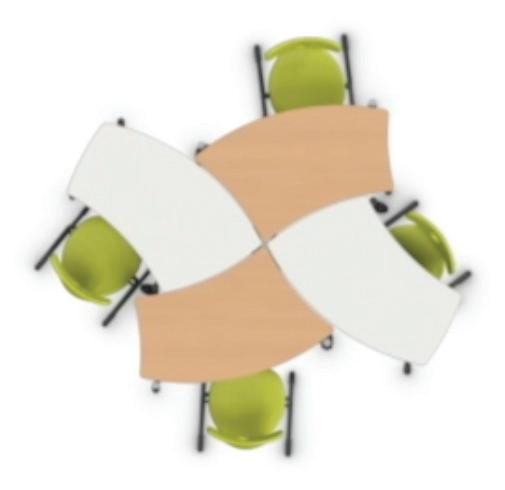
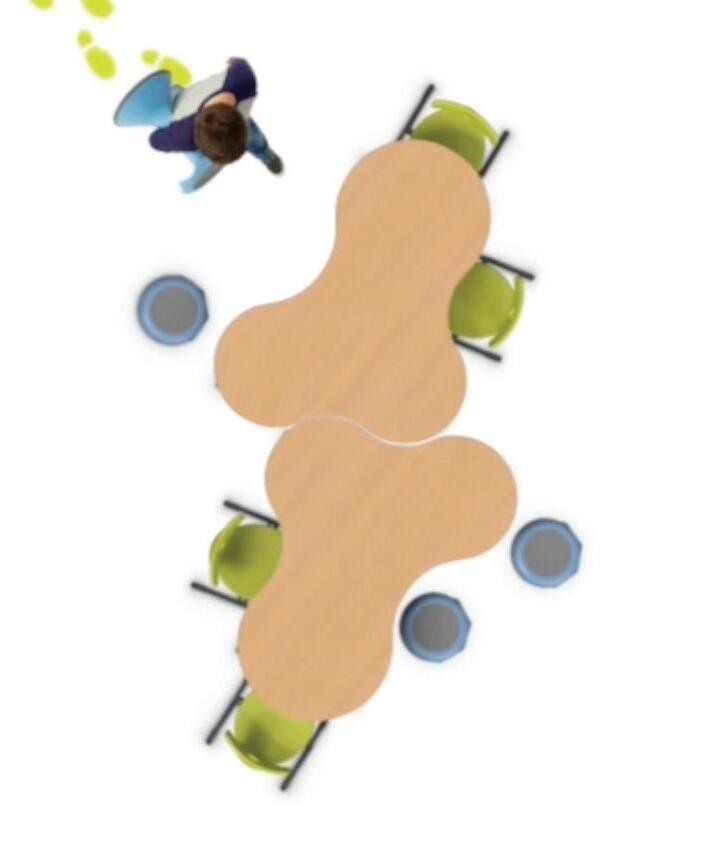
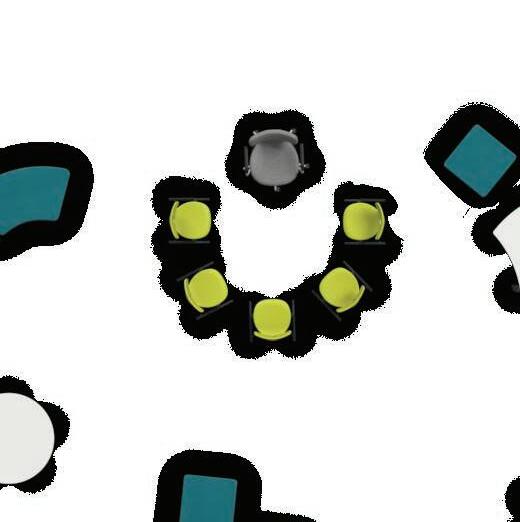
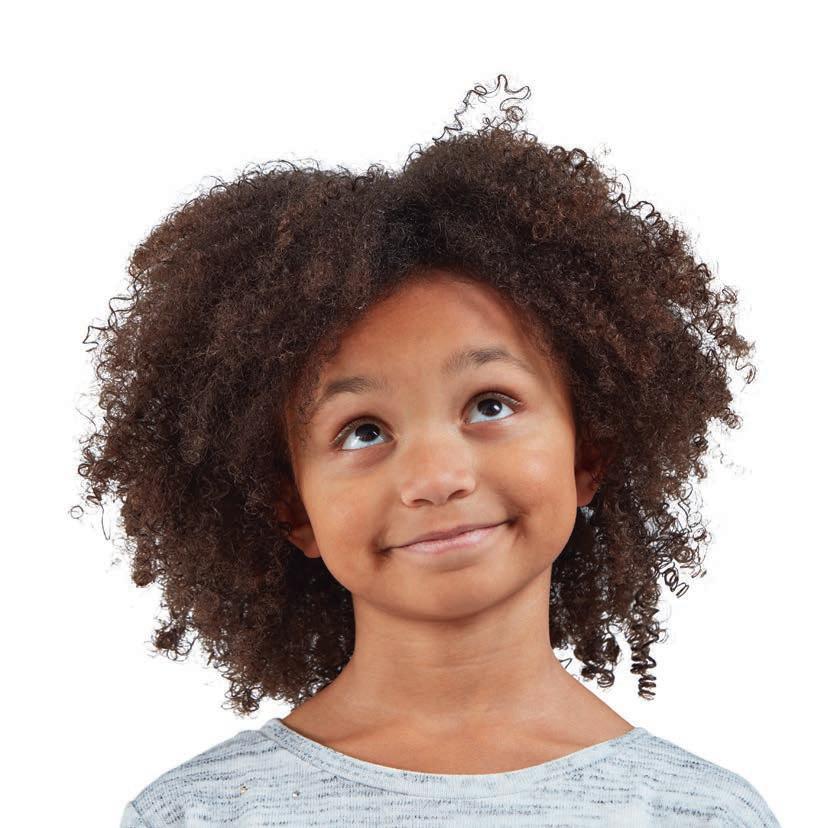
Jill Ackers has taught and consulted with schools and organizations worldwide to transform various learning ecosystems for the 21st century. As an educator with 20+ years of experience, she brings her passion for constructivist learning, languages, and technology to educators through authentic, relevant learning and professional development. She has launched new schools, been a school leader in both private and public institutions, and taught in PreK-12 programs. She started and led for six years, the first Dual Language Project-Based Learning School in Dallas, Texas. She has redesigned university professional development programs across the country including Sam Houston State, North Central University, and was a founding designer for Southern Methodist University’s (SMU) first urban transformational leadership master’s program and trained principals in school turn around. She helped design SMU’s Lyle School of Engineering Teacher project-based learning training institutes. She actively writes universitylevel courses and trains university professors in experiential education and digital workforce advancement. Jill’s current school ecosystem projects include schools in Singapore, Spain, Colombia, Rhode Island, and New York. She facilitates and designs PBL Learning Community Pathfinders across the country and internationally for Fielding International.
RESOURCES:
To access all resources scan QR code or go to https://bit.ly/vs-wellness-resources
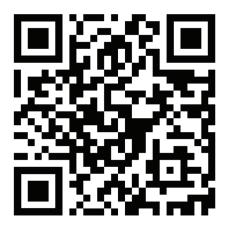
See other classrooms come to life in the VS virtual classroom at https://www.vsshowroom.com/elementary
Learn more about how VS supports student well-being at https://vsamerica.com/student-wellbeing https://fieldingintl.com/design-patterns/
What is a Design Pattern? - Design Patterns are simple sketches and annotations that get down to the essence of how a space works. These key ideas break down the complexity of school design as part of a system.
Sustaining Student Learning and Success: a Holistic COVID-19 Response Strategy Published on Oct 17, 2020 https://bit.ly/vs-covid-response
Learning from Teaching in Literacy Education https://www.heinemann.com/products/e00483.aspx
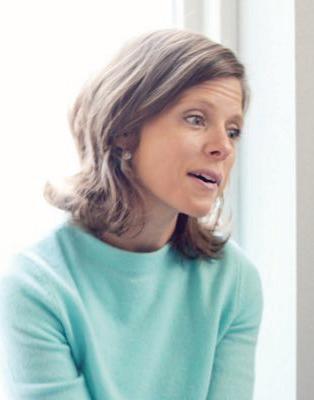
Learning About Building Literacy Communities in Multicultural and Multilingual Classrooms From Effective Elementary Teachers https://files.eric.ed.gov/fulltext/EJ966162.pdf
Spaces in Motion: Designing Healthy School Environments https://bit.ly/spacesinmotion





